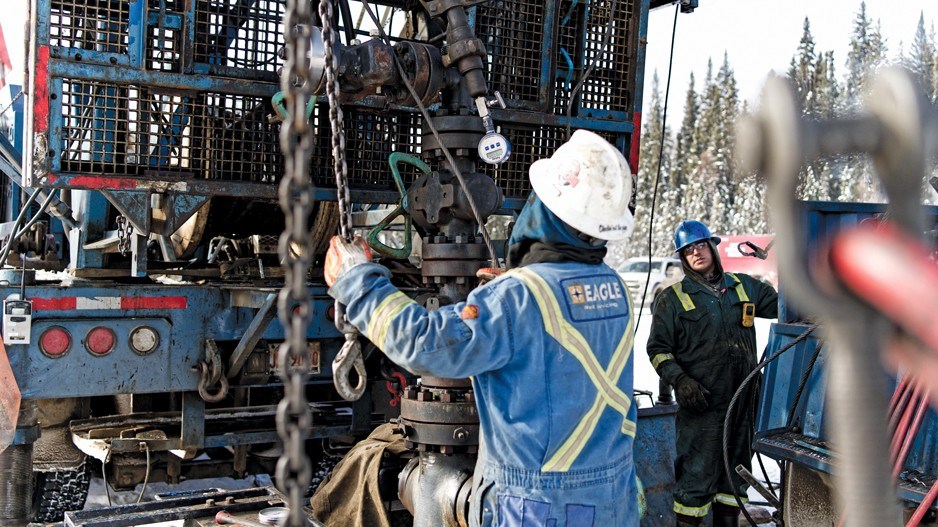Like all big energy projects, the Cedar LNG export terminal proposed for Kitimat will need to go through a lengthy environmental review process.
The proponents of the $3 billion floating LNG terminal will need to meet numerous conditions to mitigate impacts on land, air and water. But satisfying local Indigenous interests and concerns should be a little easier for Cedar LNG. After all, it would be the first LNG project built in Canada that would be owned by a First Nation: the Haisla.
It is one of two energy projects in B.C. that First Nations are pursuing, not as partners, but as majority owners, the other being the Clarke Lake geothermal energy project, which will be owned by the Fort Nelson First Nation.
Although provincial and federal environmental reviews are ostensibly about assessing and trying to mitigate environmental impacts, resource project proponents can tick all the right environmental boxes and still fail if there is strong opposition from local First Nations.
“It is definitely a huge asset to the projects to be owned by First Nations,” Haisla Chief Coun. Crystal Smith told BIV, adding that the Haisla have developed significant capacity and knowledge of the LNG industry over the years.
The biggest challenge for these projects may be securing financing.
At three million to four million tonnes of LNG production per year, the Cedar LNG project is about one-third the scale of the LNG Canada project. Its capital cost is estimated at roughly $3 billion.
The project still has a long row to hoe in terms of securing financing and offtake agreements and getting an environmental certificate.
One advantage for Cedar LNG is that it won’t need a new pipeline to source natural gas. The Haisla have an agreement with LNG Canada and Coastal GasLink – signed as part of a benefits agreement with LNG Canada – to access some of the natural gas from Coastal GasLink.
The Haisla have project partnerships with Pacific Traverse Energy and Delfin Midstream, which specializes in building floating LNG terminals.
“The development partners have brought capital to the table to develop the project,” said Jonathan Turner, vice-president of external affairs for Cedar LNG and Pacific Traverse Energy.
The proponents hope to be able to make a final investment decision in 2023.
In the Clarke Lake geothermal energy project’s case, the Fort Nelson First Nation is getting help from the federal government, which recently committed $40.5 million to help derisk the project and prove up the resource.
The project will also need a BC Hydro electricity purchase agreement, which is still under discussion.
The geothermal energy project would generate seven to 15 megawatts (MW) of electricity – enough to power Fort Nelson, which currently gets its power from a natural gas power plant.
In a pre-feasibility report commissioned by GeoscienceBC, the capital cost of the project was estimated at $139 million to $285 million, with a payback period of 12 to 24 years.
John Ebell, senior project manager for the Barkley Project Group, the Fort Nelson First Nation’s industrial partner, said the proponents think they can build the project’s first phase for slightly less than $100 million.
In addition to producing electricity, the project could also generate heat, which could be used for drying lumber and other commercial purposes.
One advantage of geothermal energy over wind and solar power is that it can produce zero-emission power around the clock. Its big drawback has been the costs associated with proving the resource. It can cost millions to drill a single well, only to find out it lacks the right conditions of temperature and permeability.
But Clarke Lake’s geology is already well understood because it is a depleted conventional gas-producing region, with numerous wells, access roads and a lot of geological information.
The Fort Nelson First Nation plans to drill the first production well this summer. A binary cycle power plant is expected to be built in 2023, and first power from the project would then be produced around 2024.

.png;w=120;h=80;mode=crop)

